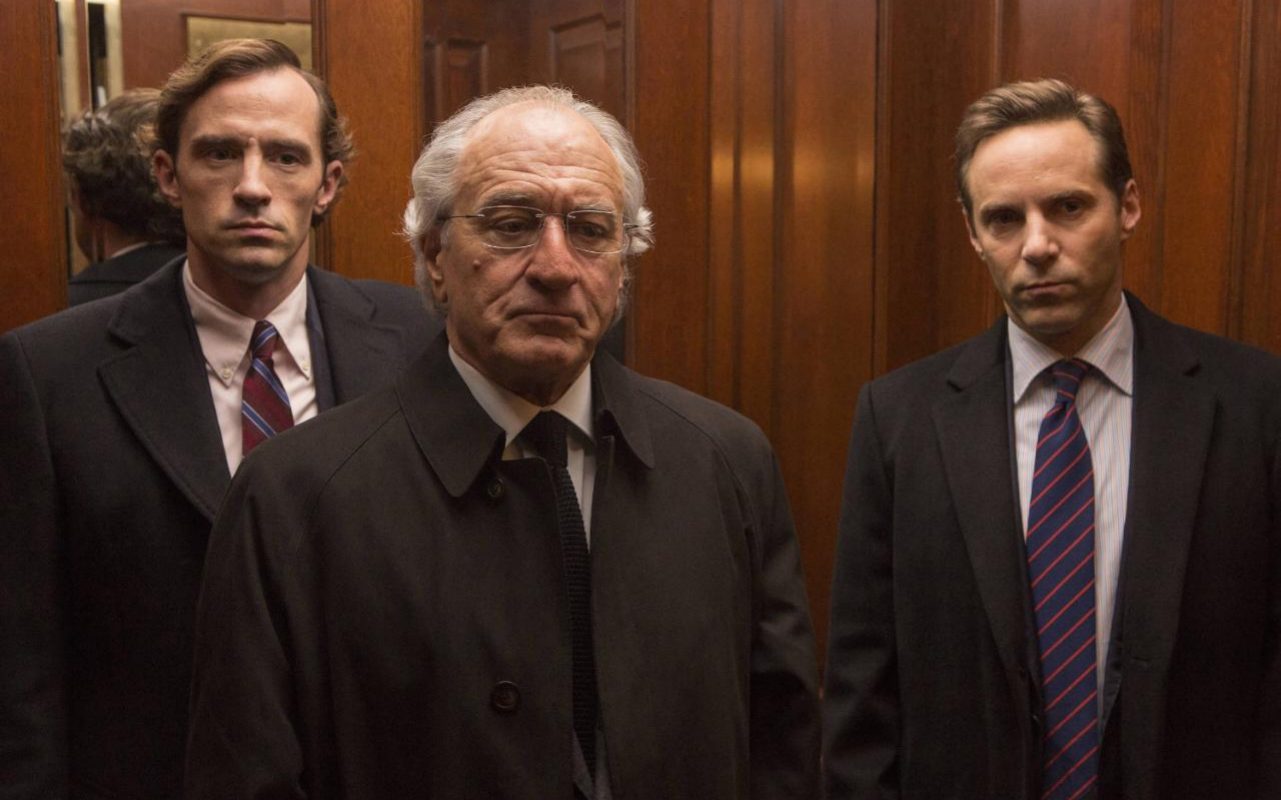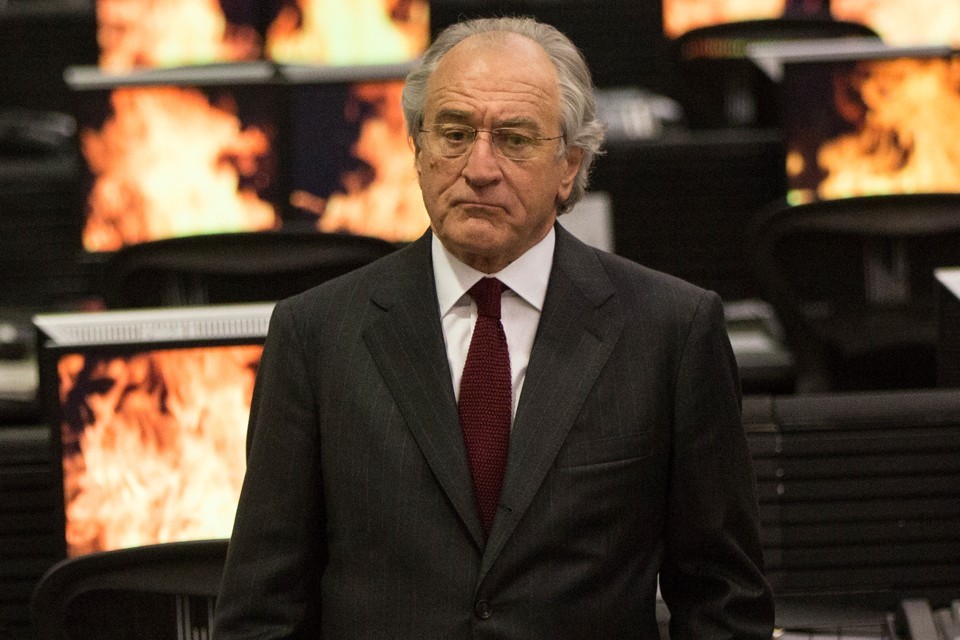Reviews
Publisher’s Weekly Review
… a must-read for anyone who wants to understand why financial markets lurch from crisis to crisis and are still so frighteningly susceptible to crashes today.
Read the full review here.
Short-form Reviews for A First Class Catastrophe
“Diana Henriques has done it again! A First-Class Catastrophe traces, in vivid detail, the human and structural errors that led to the Crash of 1987. It’s a remarkable and well-told story. I remember watching grown men cry as they watched the market fall 22.6 percent in one dark October day. Thanks to Henriques’s excellent reporting, I now know why.”
— William D. Cohan,author of House of Cards and Why Wall Street Matters
“Diana Henriques brings to life the reckless hubris of Wall Street in the 1980s, where the brightest and best played with fire, oblivious to the gathering hazards. A First-Class Catastrophe is at once a page-turning story and a sobering lesson for everyone interested in the stock market of today. I wish I had written it.”
— Bryan Burrough, coauthor of Barbarians at the Gate and author of Days of Rage
“A First-Class Catastrophe is a fast-paced thriller about Black Monday, the day when the Dow Jones Industrial Average lost nearly a quarter of its value. But the book is much more than financial history. It is a tale of unheeded warnings and misguided confidence that is essential reading for anyone who wants to understand how the fault lines in our modern markets came to be.”
— Bethany McLean, coauthor of The Smartest Guys in the Room and All the Devils Are Here
“A First-Class Catastrophe is a riveting narrative of a market gone haywire. Diana Henriques unpacks the crash of October 19, 1987, to reveal a long series of miscues, miscalculations, and failings that led to what is still, three decades later, the worst day in Wall Street history. And to top it off, she has given us a rollicking good read.”
— Roger Lowenstein, author of When Genius Failed, The End of Wall Street, and America’sBank
Kirkus Review of A First Class Catastrophe
[Readers]…will be well-served by Henriques’ insights into the ascent of the quants and the concentration of big capital into fewer and fewer hands—trends that, she notes, continue to accelerate as investment strategies become “even more obscure.”
Read the full review here.
Telegraph: “De Niro’s Best Role in Years”

“For the first time in years, the inscrutable De Niro had a meaty role to sink his teeth into. He conveyed Madoff’s pangs of conscience and self-justifying monstrousness with subtle facial expressions…”
Read the full review here.
Washington Post Review

“No one understands Madoff’s profile better than Diana B. Henriques, who filed dozens of stories on Madoff for the New York Times and wrote the book on which Levinson’s film is based. She also appears as herself in the jailhouse interview scenes that frame the story, making her acting debut across a thin metal table from Robert De Niro…”
Read the full review here.
Washington Post Review

“No one understands Madoff’s profile better than Diana B. Henriques, who filed dozens of stories on Madoff for the New York Times and wrote the book on which Levinson’s film is based. She also appears as herself in the jailhouse interview scenes that frame the story, making her acting debut across a thin metal table from Robert De Niro…”
Read the full review here.
Salon Review
“Levinson trains the film’s focus on the intimacy of Madoff’s betrayal. Scene after scene bristles with close-ups of the people closest to Madoff as they struggle to respond truthfully to questions for which they have no solid answers…”
Read the full review here.
The Atlantic Review

” … {the film] doesn’t try to either understand or humanize Madoff, but all the same it manages to be an intimate, unsettling portrait of a borderline sociopath.”
Read the full review here.
New York Times Review, HBO‘s “Wizard of Lies”
“The film returns repeatedly to Ms. Henriques, calmly grilling her subject, pushing him not just to recount the facts of his crime — something he’s unusually willing to do — but also to accept that he hurt his clients and family.”
Read the full review here.
Boston Globe Review
In those bleak scenes (in which Henriques plays herself), you sense that he has a phenomenal sense of denial
Read the full review here.